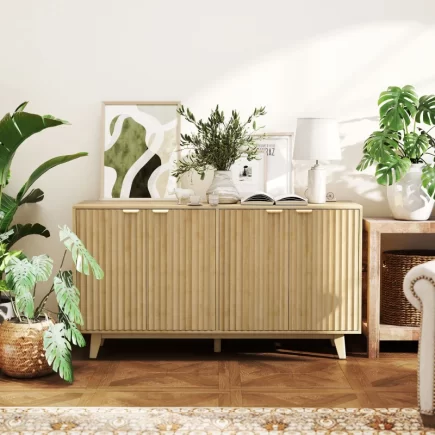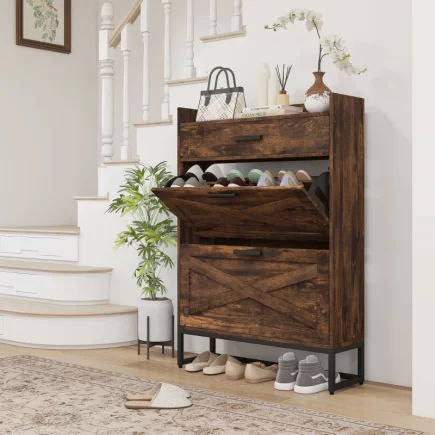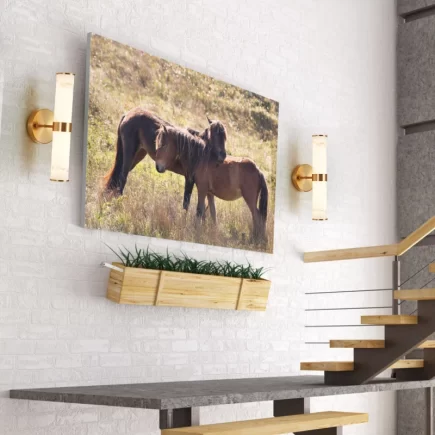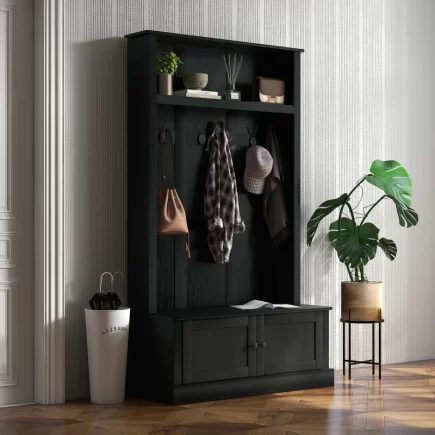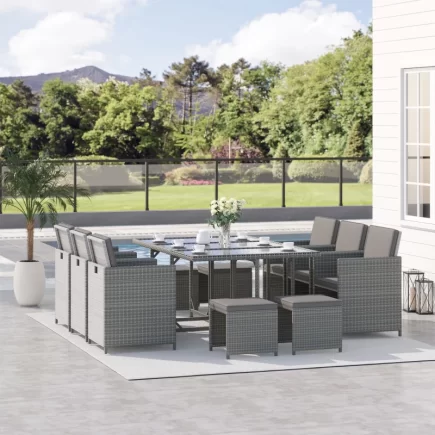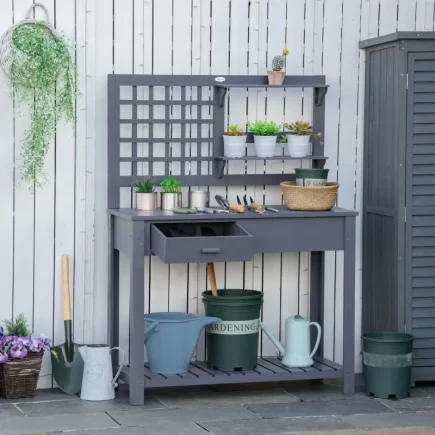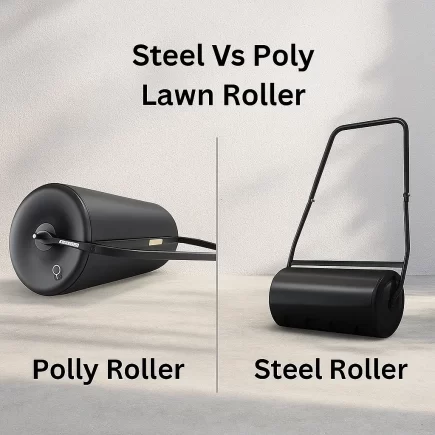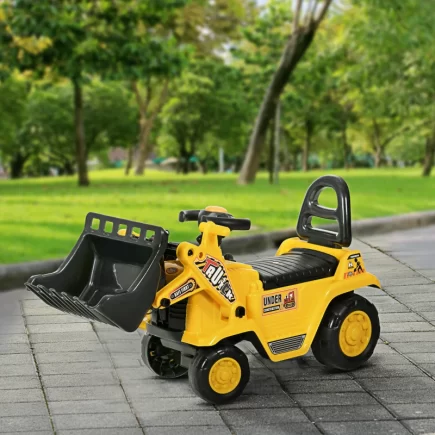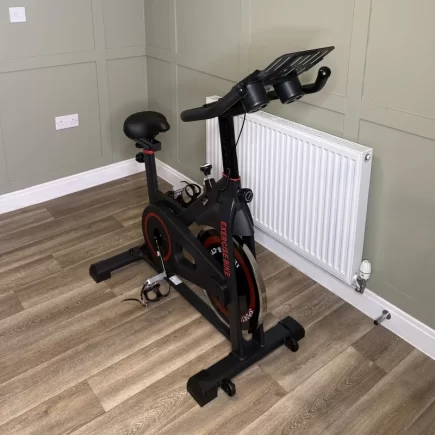Keeping your greenhouse cool during the summer months is crucial for ensuring your plants stay healthy and productive. Extreme heat can stress your plants, slowing their growth and reducing yields. By managing the temperature, you can create an ideal environment where plants can thrive.

A cooler greenhouse not only helps prevent heat damage but also encourages stronger growth, better photosynthesis, and a longer growing season. Below are some simple and effective ways to keep your greenhouse cool this summer and ensure your plants stay comfortable, even on the hottest days of the year.
1. Grow Large-Leaved Plants
Plants naturally cool the air, and the best way to keep your greenhouse cool is by filling it with large-leaved plants like fig trees or grapevines. These plants not only provide shade and bear fruit but also help cool the air through evaporation.
Plants release moisture through their leaves in a process called transpiration. Most of the water taken up by their roots (97–99.5%) is lost this way, cooling the surrounding air.
To maximize shade, place large-leaved plants on the Western side of your greenhouse for the hottest part of the day.

2. Above-Ground Pond
An above-ground pond is an effective yet often overlooked way to cool your greenhouse. Holding between 600 and 2,000 gallons of water, it helps regulate temperature by exchanging heat with the greenhouse. Even on hot days, the cooler water (around 75°F) helps lower the greenhouse temperature.
As the water evaporates, it adds moisture to the air, reducing the need for fans or misting systems. This sustainable solution keeps your greenhouse comfortable for plants, even in the summer heat.

3. Ventilation: The Key to Coolness
Proper ventilation is the cornerstone of greenhouse cooling. When warm air gets trapped inside a greenhouse, the temperature can rise quickly, leading to a stressful environment for your plants. Without adequate airflow, plants may experience stunted growth, poor pollination, and increased susceptibility to pests and diseases.
Types of Ventilation Systems
- Passive Ventilation
Uses natural airflow. Hot air rises and escapes through roof vents, while cooler air enters from lower vents. Best for mild weather and when there’s a big temperature difference inside and out.
- Mechanical Ventilation
Uses fans to push out hot air and bring in fresh air. Ideal for large greenhouses or hot climates. Fans are usually placed on the roof or sidewalls.
- Automated Ventilation Systems
Combine passive and mechanical systems. Sensors control vents and fans based on temperature, making ventilation easy and automatic.

4. Shading: Balancing Sunlight and Coolness
Another highly effective method for controlling temperature is shading. While sunlight is essential for plant growth, too much direct sunlight can result in heat buildup inside the greenhouse, making the air inside stifling and unbearable for your plants. Shading helps reduce this intense sunlight while still allowing adequate light for photosynthesis.
Shading Materials
There are several materials available that can be used to shade your greenhouse, each offering varying levels of sunlight reduction.
- Shade Cloths
A popular, budget-friendly option. These come in different densities (30%–90%) to block varying levels of sunlight. The higher the percentage, the more shade it provides.
- Polycarbonate Panels
These panels spread sunlight evenly and reduce glare. They also insulate well, keeping the temperature more stable.
- Retractable Shade Systems
These flexible systems can be opened or closed as needed, based on sunlight and weather. Great for adjusting shade throughout the day.

Choosing the Right Shade for Your Greenhouse
When selecting shading, it’s important to consider the types of plants you are growing, your climate, and how much sunlight your greenhouse receives. For example, tropical plants may benefit from a lower shade percentage (50%-60%) as they require more light, while leafy vegetables like lettuce may require higher shading (70%-80%) to protect them from scorching heat.
5. Advanced Cooling Systems for Extreme Heat
Sometimes, traditional ventilation and shading may not be enough to cool your greenhouse, especially during prolonged heat waves. In such cases, advanced cooling systems can provide additional relief by actively lowering the temperature inside.
Misting Systems
Misting systems are a popular solution for cooling greenhouses. They work by releasing a fine mist of water into the air, which evaporates and absorbs heat. This process lowers the temperature inside the greenhouse and also increases humidity, which is particularly beneficial for plants that thrive in tropical environments.
Evaporative Cooling
Evaporative cooling is ideal for Larger Greenhouses. It involves using a fan to draw air through a wet pad, which cools the air as it evaporates. This type of cooling system can significantly reduce the temperature in large greenhouses, providing a consistent and energy-efficient method of climate control.
How It Works:
- Water is circulated through a pad, which is designed to hold moisture.
- A fan draws air through the wet pad, where it cools down as the water evaporates.
- The cooled air is then distributed throughout the greenhouse, lowering the overall temperature.
Evaporative cooling is highly effective in dry climates, where the air has a low humidity level, allowing the evaporation process to cool the air effectively.

6. Watering and Humidity Control: Keeping Your Plants Comfortable
Watering and humidity control are vital aspects of maintaining a stable greenhouse environment. Excessive moisture can promote mold and mildew growth, while insufficient water can stress plants, especially during the heat of summer.
- Irrigation Systems
Drip irrigation delivers water directly to the roots, minimizing evaporation and water wastage. It’s the most efficient way to keep plants hydrated while managing humidity levels.
- Automated Watering Systems
These systems regulate water delivery and prevent both over- and underwatering. Consistent moisture levels help maintain stable humidity and temperature inside your greenhouse.

7. Portable Fans
Portable fans are a highly effective and affordable option for cooling small to medium-sized greenhouses. These fans help to circulate air, preventing the buildup of hot air and moisture that can damage plants. They work by creating airflow that distributes cooler air evenly throughout the greenhouse, which can significantly lower the internal temperature, especially on warm days.
Types of Portable Fans for Greenhouses:
- Oscillating Fans: These fans are excellent for providing even air distribution across a larger area, as they rotate back and forth. Oscillating fans are ideal for smaller greenhouses where air needs to be circulated throughout the space.
- Box Fans: Typically used for larger greenhouses, box fans can be placed near vents or windows to encourage the flow of air. They are often more powerful than smaller oscillating fans and can help push warm air out quickly.
- Floor Fans: Positioned on the ground, these fans can create a direct, powerful airflow across the floor of the greenhouse. Floor fans are useful for moving cooler air from lower areas upward and toward the plants.
- High-Velocity Fans: These fans move air at a high speed and are especially useful in larger greenhouses. They can create strong airflow across larger areas, helping to maintain a consistent temperature.

Keeping your Greenhouses cool in summer is key to ensuring healthy plant growth and maximizing yields. Simple methods like growing large-leaved plants, using water features, and ensuring proper ventilation can make a big difference. For more intense heat, advanced cooling systems like misting, evaporative cooling, and fans can help. Sustainable and budget-friendly options, such as solar-powered fans and efficient irrigation, can also keep your greenhouse cool while minimizing environmental impact.
FAQs
1. How can I prevent heat buildup inside my greenhouse without spending too much?
Simple passive cooling methods, such as installing shade cloths, placing reflective materials on walls or ceilings, or positioning your greenhouse in a naturally shaded area, can significantly reduce heat buildup.
2. What is the best way to control humidity in a hot greenhouse?
Using an automated drip irrigation system helps maintain consistent moisture levels, ensuring plants stay hydrated while controlling humidity. Avoid over-watering, as it can lead to excessive humidity, promoting mold or mildew growth in your greenhouse.
3. Can I use natural ventilation alone to cool my greenhouse during extreme heat?
Natural ventilation can be effective during moderate heat, but during extreme conditions, it might not be enough. Combining passive ventilation with cooling systems like fans or evaporative cooling ensures a consistently cool environment even on the hottest days.
4. What are the advantages of using a pond for cooling?
An above-ground pond not only cools your greenhouse by releasing moisture through evaporation but also helps stabilize temperatures by holding cool water. This method works well in reducing heat without requiring heavy mechanical systems.


